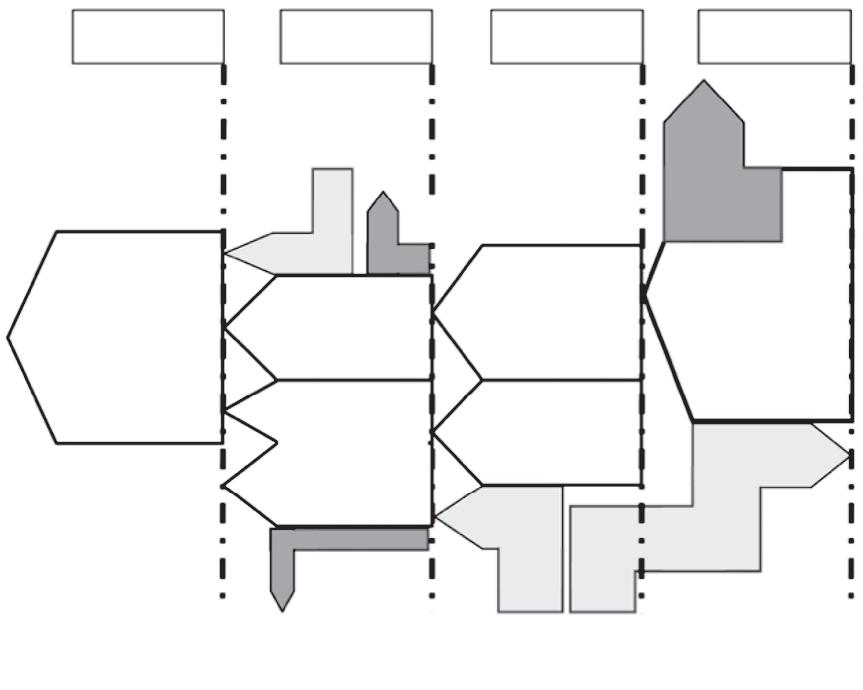5 Energy supply to the built environment 5.1 Overview Energy supplies to buildings are needed for space heating, space cooling, water heating, ventilation, lighting and for powering a wide range of appliances and equipment. Energy is currently supplied to buildings in three main forms: •
electricity for appliances and equipment including lighting, and in some cases also for heating or cooling or both;
•
gas, oil and solid fuels used mainly for space and water heating;
•
district heating or cooling networks.
Renewable energies are increasingly being used to provide low GHG emission heating, cooling and electricity services in European buildings, and there is enormous potential to expand their use. Renewable electricity is supplied through the grid network and through building-integrated or on-site photovoltaic generators. Solar heating and cooling are provided through passive solar design measures, building-integrated solar panels and district heating and cooling systems. Geothermal heating is provided through on-site ground-coupled heat pumps and through district heating systems. In most urban areas of the EU, buildings are connected to electricity and natural gas grids, and in some urban areas also to district heating and/or cooling networks. In most rural areas of the EU, buildings are connected to electricity grids. However, they may have their own natural gas or oil storage tanks to supply their heating systems, and are unlikely to be connected to district heating systems because the distances between buildings are typically much greater than in urban areas, which increases the costs of district heating. The consumption of fossil fuels in boilers to produce heating on site leads to direct GHG emissions from the buildings concerned, while the consumption of grid electricity and district heat or cooling in buildings leads to indirect GHG emissions from electricity generators and from district heating and cooling systems: operating GHG emissions from buildings = direct GHG emissions + indirect GHG emissions An energy transition is expected by 2030, as the EU moves to establish new long-term sustainable energy supplies. During the transition period, significant
EASAC
reductions in GHG emissions from buildings can be achieved quickly by improving the performance of boilers and other building services (HVAC systems), while ensuring that the right size of these systems is installed to suit the building after it has been renovated (Butler 2020). However, to reduce GHG emissions from the building sector to nearly zero cannot be done in a cost-effective way only by shifting from fossil fuels to very low GHG emission fuels and renewable energy sources. It will also require deep renovations of existing building envelopes to reduce the need for energy. In addition, the embodied GHG emissions of the materials, components and processes used during renovations must be minimised. Moreover, given that fossil-fuelled boilers and heating systems typically have lifetimes of up to about 25 years, it is becoming increasingly urgent to set deadline dates after which the installation of new fossil fuel (notably coal, oil and gas) combustion systems in buildings will be banned. In particular natural gas, which is currently a major source of heat from fossil fuels for EU buildings, must be phased out completely within the next few years for new buildings and as quickly as possible for all buildings. A particular challenge in existing buildings during the energy transition will be to plan renovations wisely, so that steps are taken in the most cost-effective order to ensure that investments in new assets will not become stranded in the future. For example, if gas boilers are replaced with heat pumps that are designed to operate at lower temperatures than gas boilers, then the existing radiators should not be replaced with larger radiators or fan coil units to deliver the heating required. Instead, the building envelope should be renovated as soon as possible with new windows, higher levels of insulation and improved air tightness, so that the existing radiators and fan coil units can deliver sufficient heat when operating at lower temperatures. 5.2 Electrification of buildings Electrification is expected to play a major role in the decarbonisation of buildings in the EU. Large numbers of buildings have been successfully running on electricity for many years in countries with high fractions of hydropower in their electricity generation mix, such as Norway, and in countries with high fractions of nuclear power, such as France. Consequently, as electricity generation is increasingly decarbonised in the EU, building owners in other countries can have confidence in the sustainable long-term option of decarbonising the building sector by using renewable (green) electricity
Decarbonisation of buildings | June 2021 | 25




